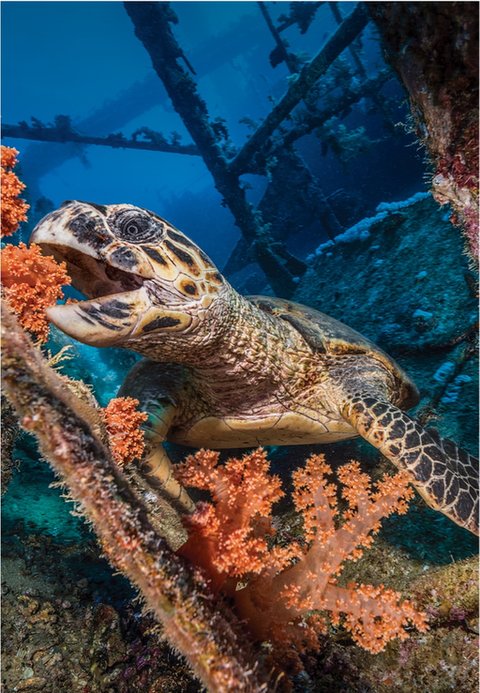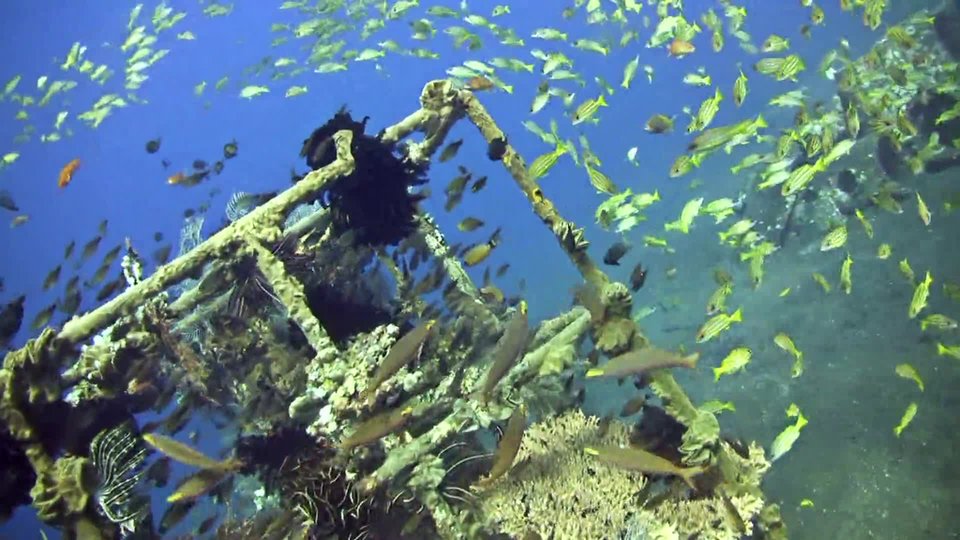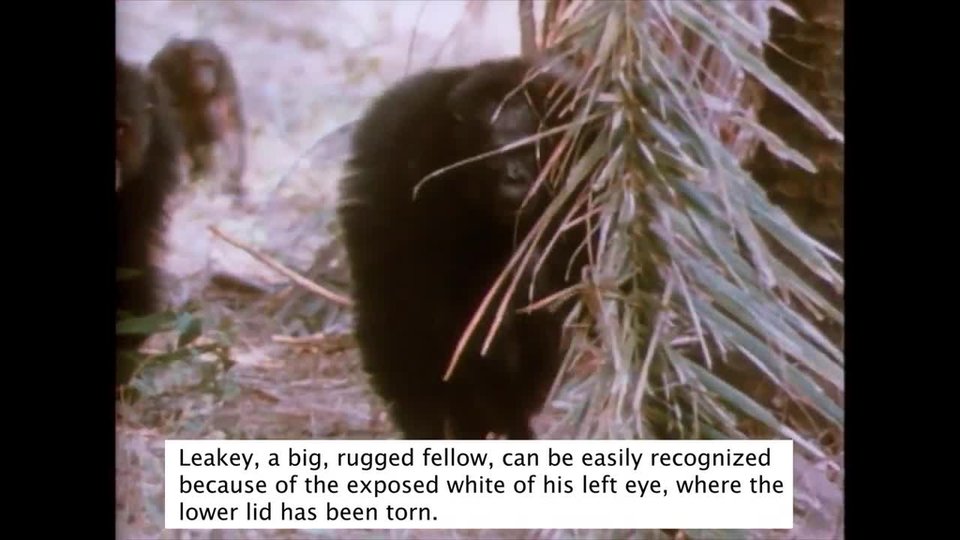AccidentalReefs
Someartificialreefsarenotplanned.Thesereefsarebornfromobjectsthatdon’tbelongintheoceanatall.Planesthatcrashorshipsthatsinksometimesbecomereefsby default.
There’saplaceintheRedSeacalledSha’abAbuNuhas.Itisatriangular-shapedcoralreefoffthecoastofEgypt.Navigatingthisreefbyshipcanbequitedangerous,andforthisreason,thisplaceisalsoknownasaship graveyard.
Africa
Red Sea

ThewreckoftheGiannisDliesonitsside,nowencrustedwithcoralsand algae.
You’llfindfourlargeshipwrecksonthenorthsideofthisreef.Theseshipsallstruckthereefandmetthesamefate.Theysankandsliddownasteepslopeandbecamepartiallyburiedinsand.TheGiannisDwassuchaship.Itwasalarge,GreektransportshiphaulingtimberfromCroatiatoYemen.Itmetitsendin1983byaccidentallyrunningfullspeedintoSha’abAbu Nuhas.Thecrewabandonedthesinkingship,whichfloatedthereforaboutsixweeks.Thenastormbroketheship’sbackandsentitspiecestothe bottom.
Alothaschangedinthealmost40yearssincetheGiannisDwentdown.Todivetherenow,you’dseethebonesofashipcoveredincoralformations.Thecoralsattracthawksbillturtles,whichliketosnackoncorals.Avisittotheengineroommightrevealaschoolofglassfish.EelsandNapoleonfishdriftbyinthepassageways.Fromtheoutside,dolphinspatrolthewreck.MaybetheGiannisDdoesn’tbelongthere,butitdoesn’tmatter.Theseahasclaimeditforits own.
CreatingaHome
You’llfindtheS.S.ThistlegormatthebottomoftheRedSeaaswell.ItwasacargoshipfortheBritishmerchantnavy.ItwassunkbyGermanforcesduringWorldWarII,nearRasMohammed,offthecoastof Egypt.
Atthetime,theshipwasfilledwithsuppliesforsoldiersandweaponsofwar—bombs,anti‑tankmines,rifles.Italsocarriedtrucks,armoredcars,morethan100motorbikes,andtwosteamlocomotives.Allofwhichstilllieatthebottomofthe sea.
AscubadiverlooksatpartoftheS.S. Thistlegorm.

AFutureHope?
Howstrangetheseitemslooknow,encrustedwithcorals.Thewreckisalivewithfish:tuna,barracuda,batfish,morayeels,lionfish,scorpionfish,andturtles.Thisshiphasbecometheir home.
Nothingcanreplaceanaturalcoralreefintheocean.Yet,artificialreefscanmakeupforsomeofthelossofnaturalreefs.Overtime,marinecommunitiescanthriveintheseunusual environments.
AhawksbillturtlefeedsonredsoftcoralsattachedtothewreckoftheGiannis D.
Thisartificialreefisfullof life.


